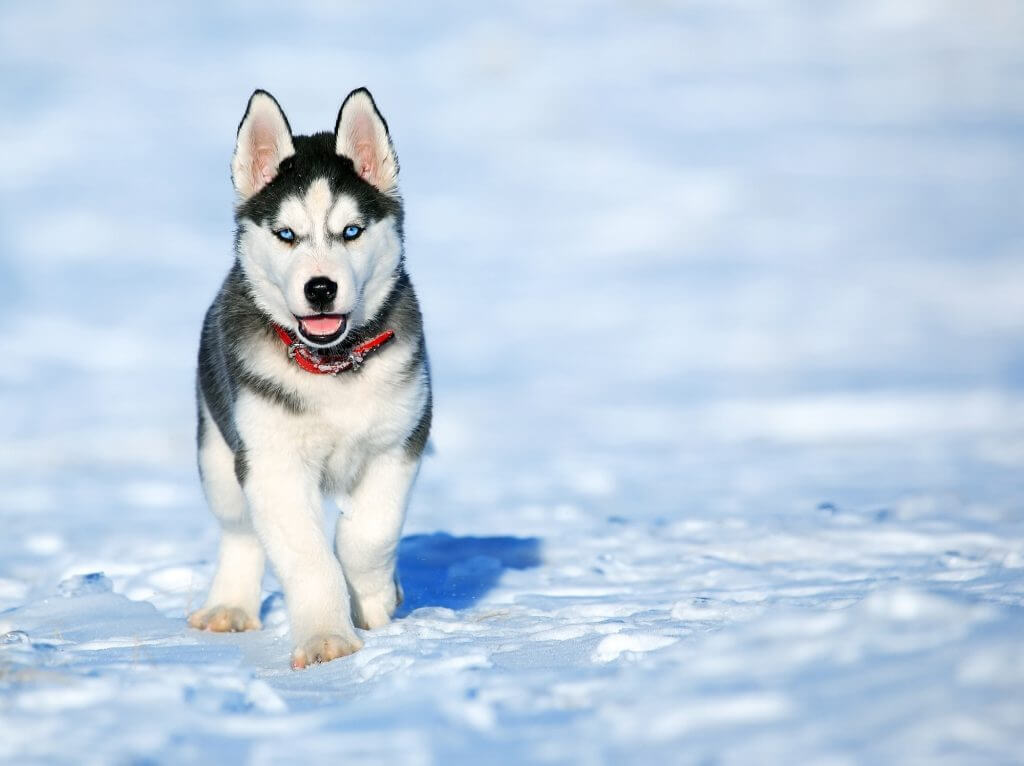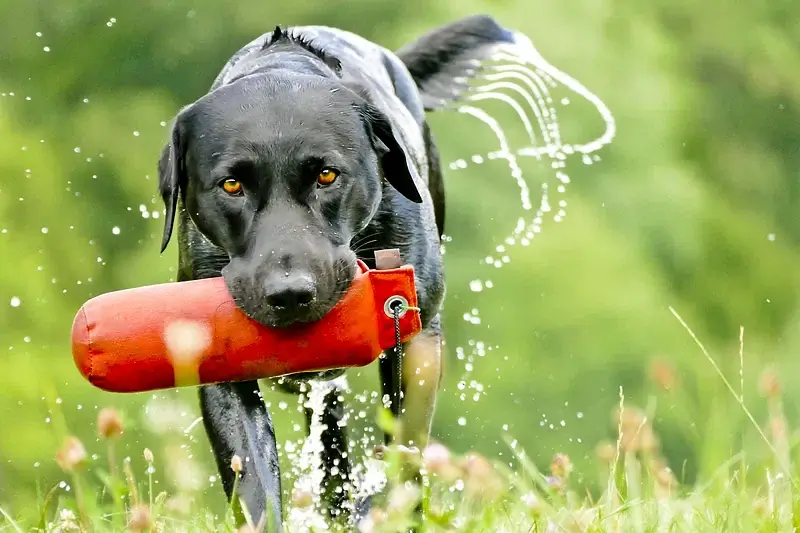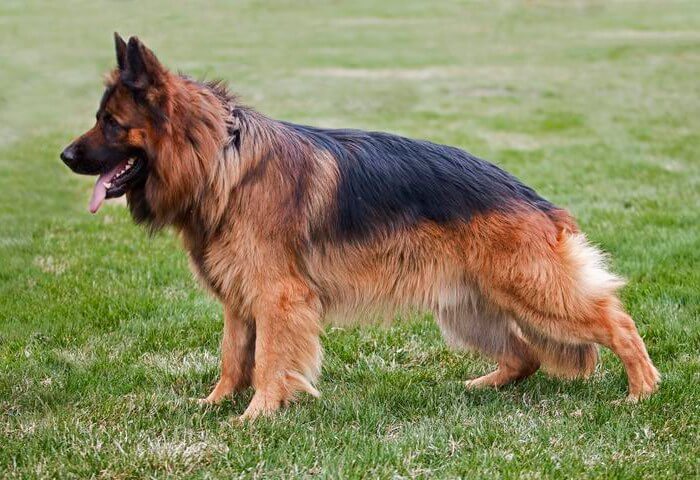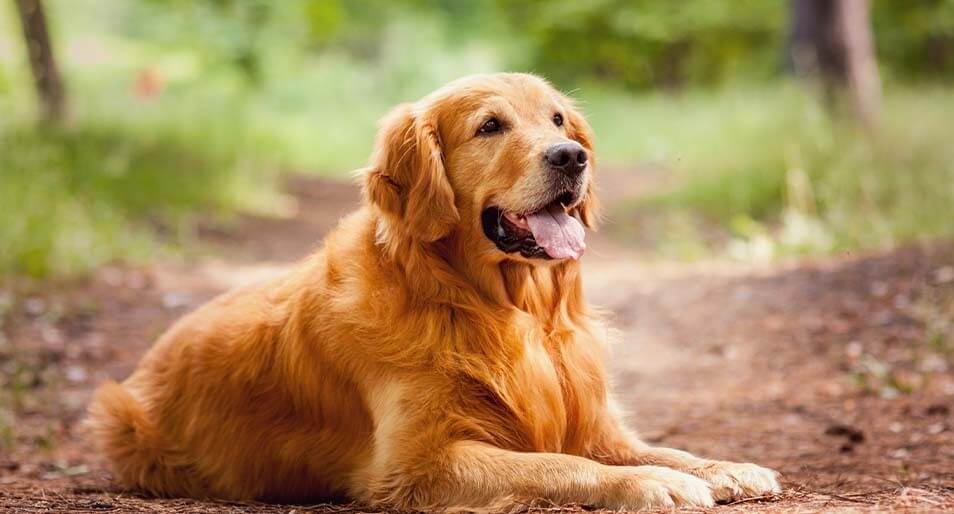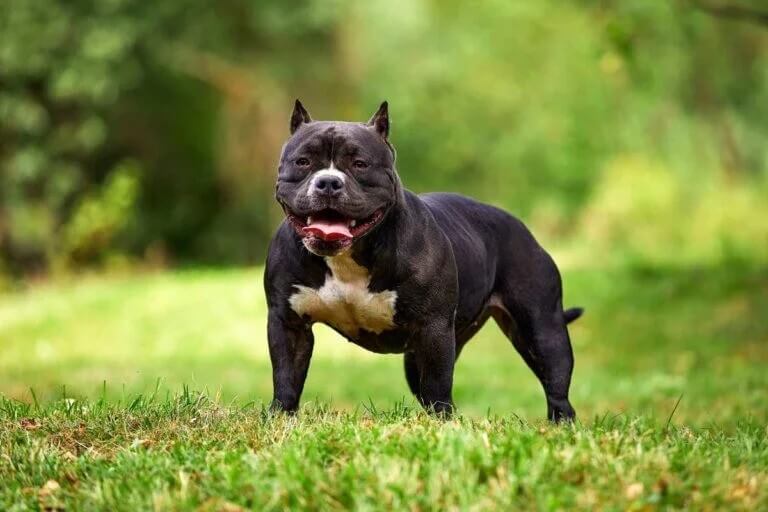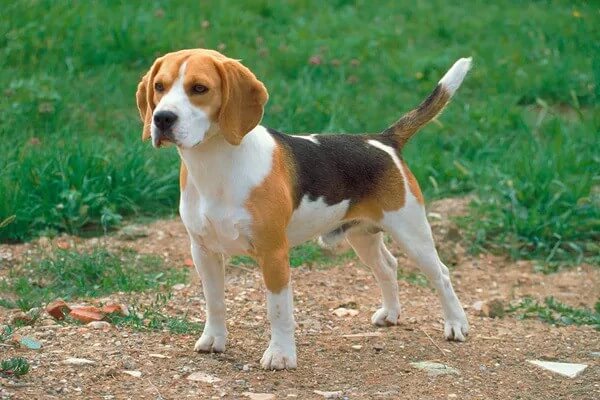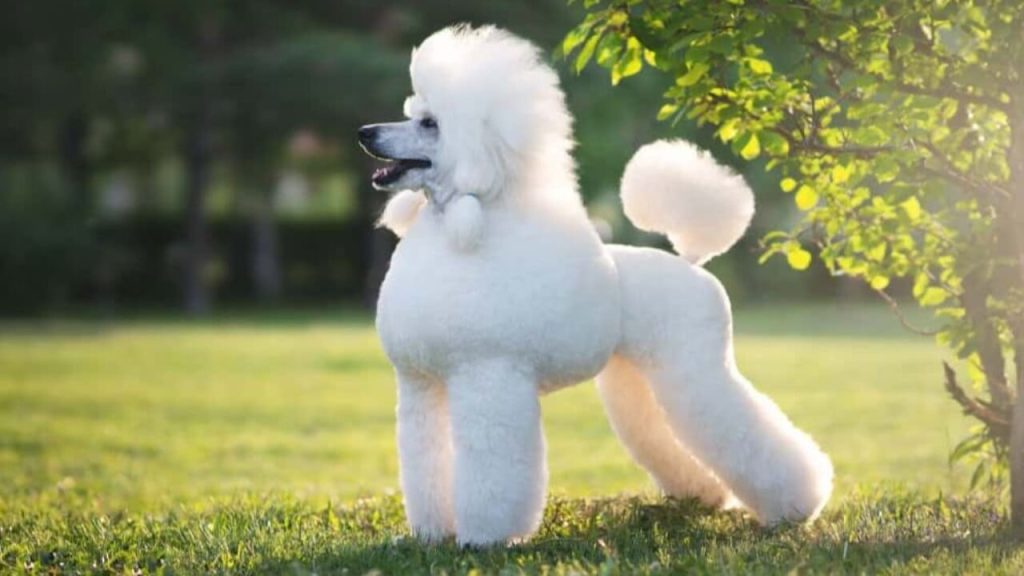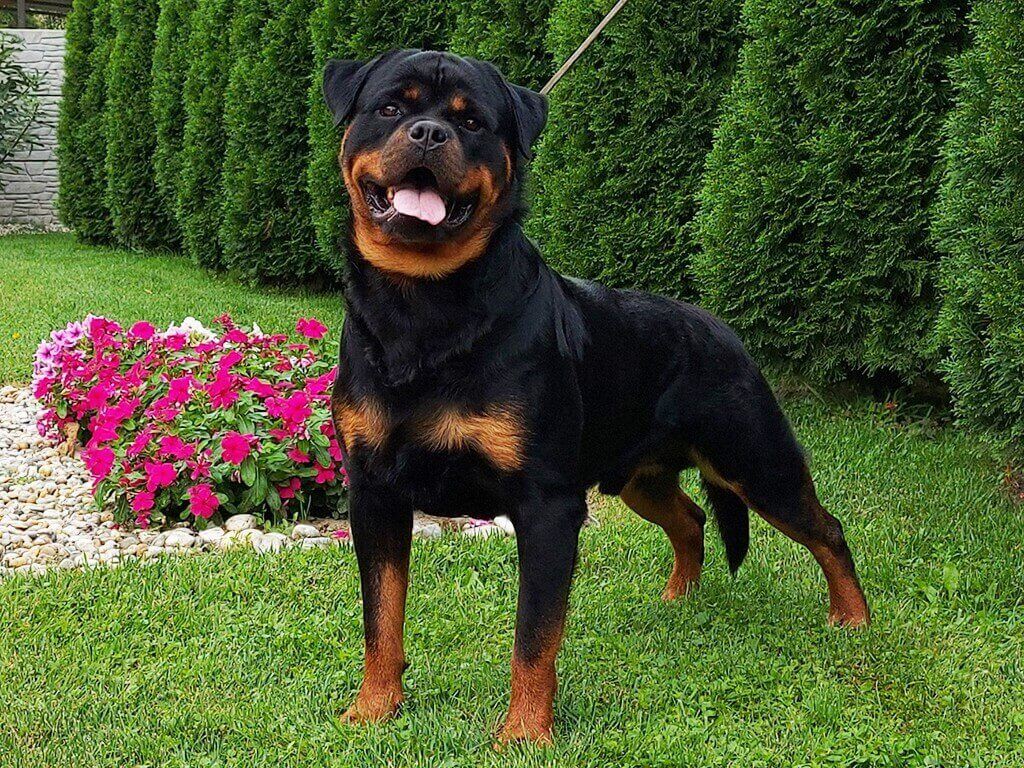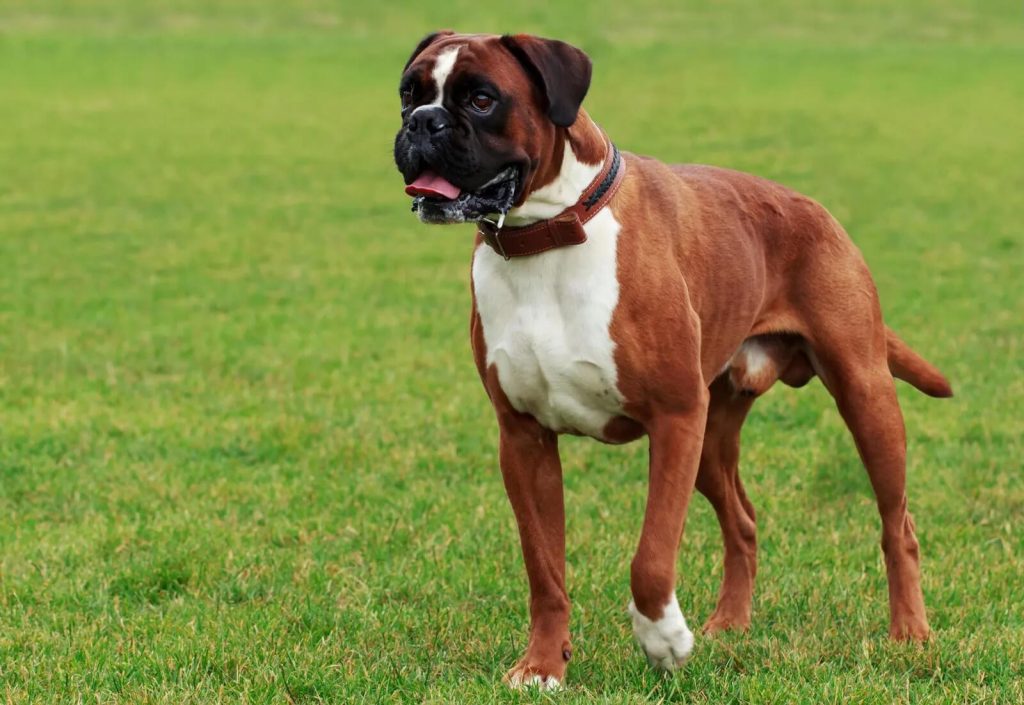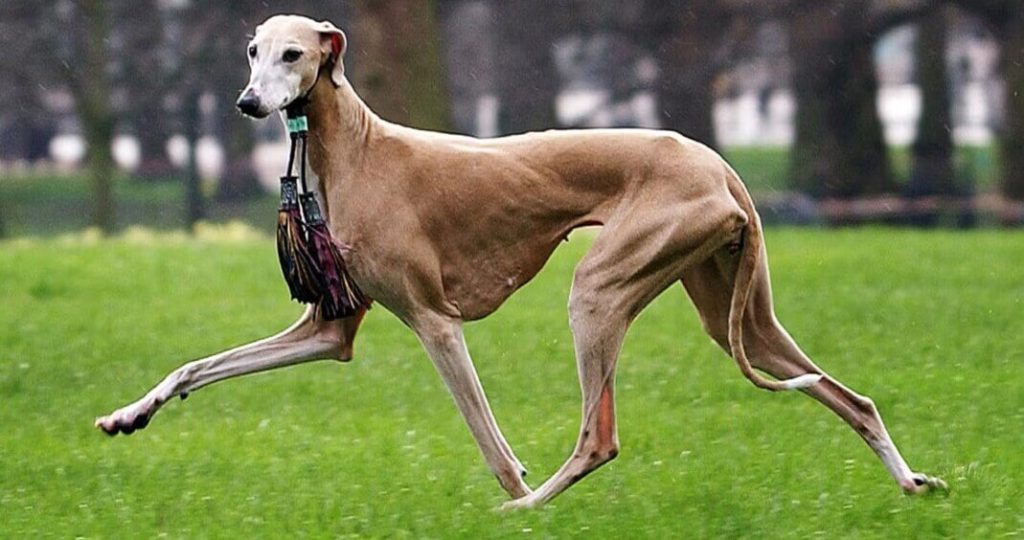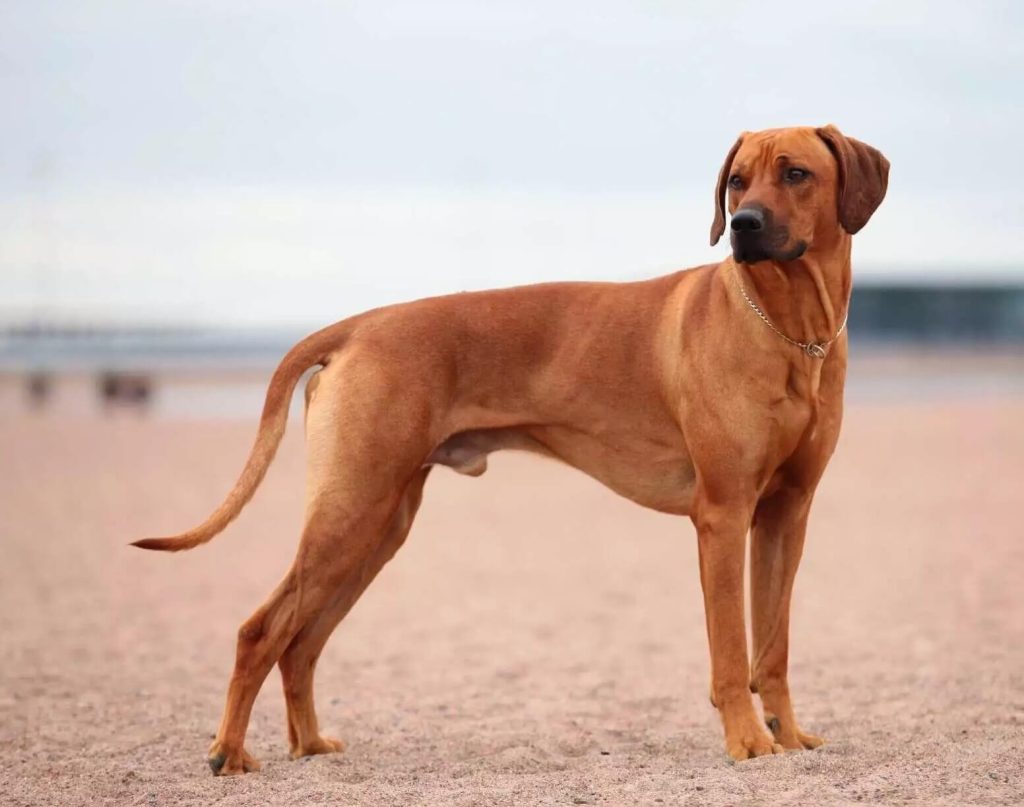🐺 Husky Dog – Energetic, Smart & Beautiful Working Companion
❄️ What is a Husky Dog?
The Siberian Husky is a medium-sized working dog breed known for its thick double coat, striking blue or multicolored eyes, and wolf-like appearance. Originally bred by the Chukchi people of Siberia for pulling sleds in harsh climates, Huskies are now popular worldwide for their energy, loyalty, and charm.
📜 History and Origin
Huskies originated in Siberia over 3,000 years ago. They were imported to Alaska during the gold rush for sled-dog racing. Their ability to endure cold weather and pull light loads over long distances made them ideal sled dogs — a legacy they proudly carry to this day.
🧬 Physical Traits
- Height: 20–24 inches
- Weight: 35–60 lbs
- Coat: Thick double coat
- Color: Black, white, gray, red, sable, agouti
- Eyes: Blue, brown, or one of each (heterochromia)
The Husky’s unique look and confident gait make it a true head-turner.
🧠 Temperament and Behavior
Huskies are friendly, intelligent, and free-spirited. They’re known for their independence and strong pack instincts. While not ideal for guarding (they’re too friendly with strangers), they thrive in active households where they get regular mental and physical stimulation.
🏃 Exercise and Energy Levels
Huskies are high-energy dogs that need at least 1–2 hours of daily exercise. Running, hiking, pulling weight, or agility training are great options. Without sufficient activity, they may become destructive or escape artists.
🎯 Training and Socialization
They are smart but stubborn. Consistent training with positive reinforcement is key. Start obedience classes early and use high-value treats. Socialize them with other dogs and environments from a young age to ensure a well-rounded adult dog.
🥗 Feeding and Health
Feed a balanced, protein-rich diet formulated for medium to large active breeds. Huskies are surprisingly efficient eaters, so overfeeding must be avoided. Regular vet checkups are important to detect potential issues like hip dysplasia, hypothyroidism, and eye conditions.
🧼 Grooming and Shedding
Huskies shed a lot, especially during seasonal “blowouts.” Brush them 2–3 times weekly, and daily during shedding seasons. They’re naturally clean dogs with minimal odor, needing only occasional baths.
👨👩👧👦 Are Huskies Good Family Dogs?
Yes! They’re great with children and usually friendly with other dogs. However, they may chase small animals due to high prey drive. Not ideal for apartment living unless they get a lot of outdoor time.
🌟 Fun Facts About Huskies
- Can run up to 28 mph and cover 100 miles in a day
- They rarely bark — instead, they “talk” in howls and sounds
- Huskies love cold weather and often sleep in the snow
- They were part of the 1925 “Serum Run to Nome,” saving thousands from diphtheria
❓ Frequently Asked Questions
Q1: Do Huskies need a lot of grooming?
A: Yes, especially during shedding seasons. Weekly brushing is a must.
Q2: Are Huskies easy to train?
A: They’re intelligent but strong-willed. Consistent training is essential.
Q3: Can Huskies live in hot climates?
A: Yes, but they need shade, water, and cooler exercise times.
Q4: Are they good with kids?
A: Absolutely. They’re playful, gentle, and very tolerant.
Q5: Do Huskies make good guard dogs?
A: Not really — they’re too friendly with strangers.
✅ Final Thoughts
The Siberian Husky is not just a pretty face — it’s a hard-working, loving, and intelligent breed. Perfect for active owners who can match their energy and commitment, Huskies reward their humans with years of affection, adventure, and unforgettable companionship.
Pakistani Bully Dog
🐶 Siberian Husky for Sale
The Siberian Husky is a striking and energetic dog breed known for its thick coat, bright blue or multicolored eyes, and friendly nature. Originally bred as sled dogs in harsh Arctic climates, Huskies are renowned for their endurance, intelligence, and pack loyalty. Their playful personality and strong work ethic make them ideal companions for active individuals and families. Browse the listings below to find Siberian Huskies for sale in various countries.
- Siberian Husky for Sale in Pakistan
- Siberian Husky for Sale in the United States
- Siberian Husky for Sale in Canada
- Siberian Husky for Sale in Australia
- Siberian Husky for Sale in India
- Siberian Husky for Sale in Indonesia
- Siberian Husky for Sale in the United Arab Emirates
- Siberian Husky for Sale in the Philippines
- Siberian Husky for Sale in Nigeria
- Siberian Husky for Sale in Malaysia
- Siberian Husky for Sale in the United Kingdom
